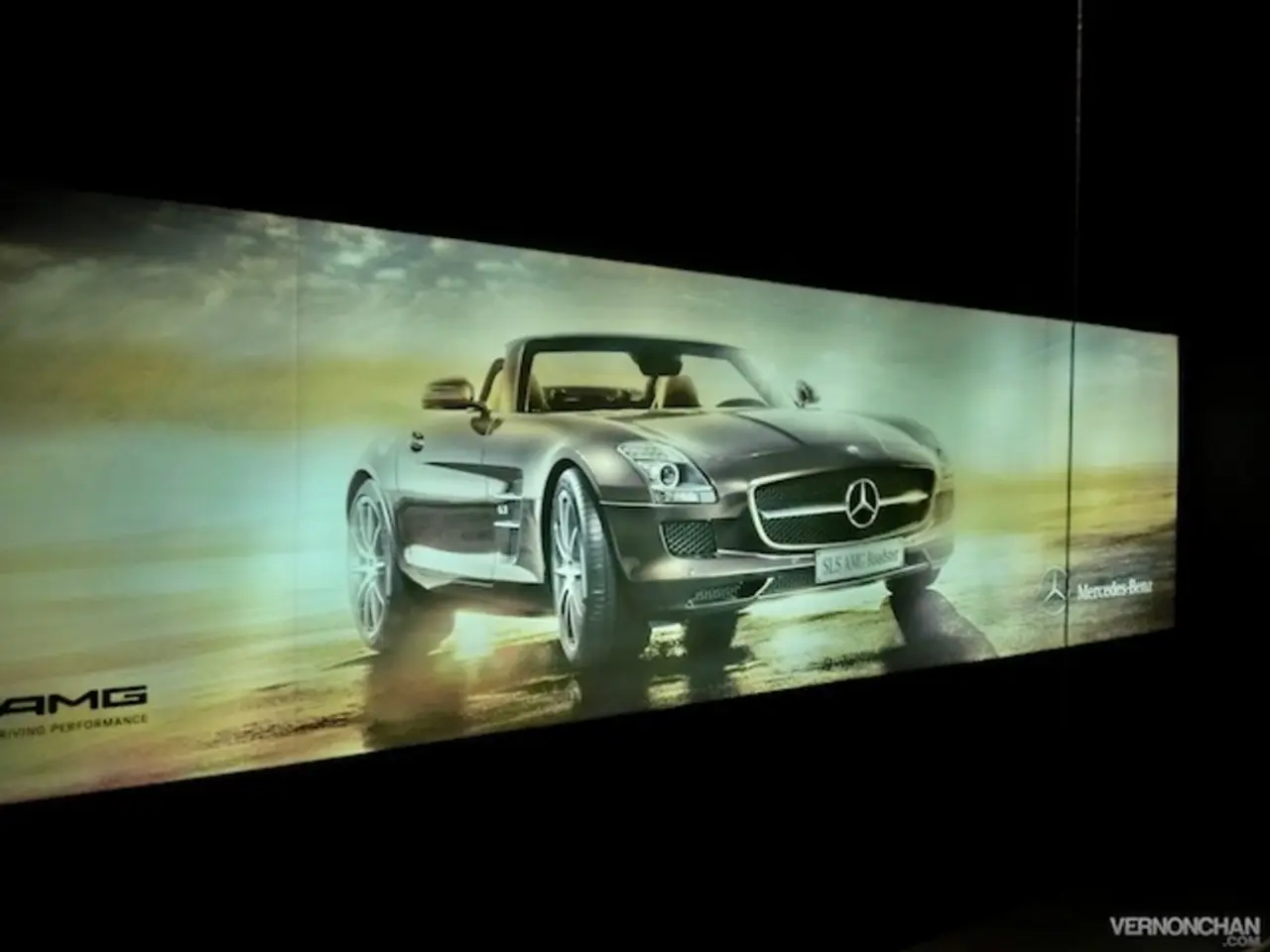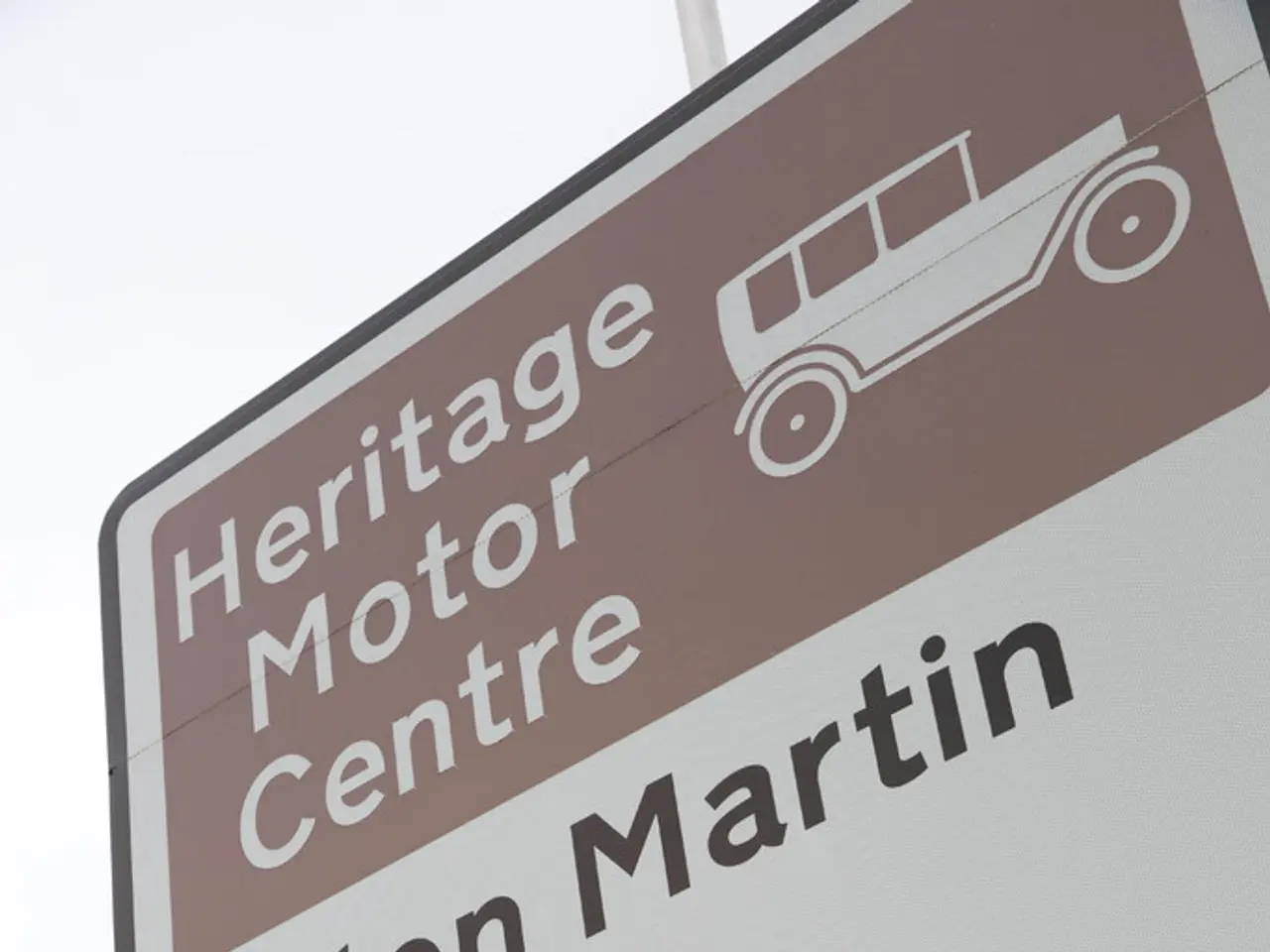Progress in Armored Vehicles Showcased: Demonstrating Robustness, Capability, and Security Measures
In the world of defense operations, military vehicle displays play a crucial role, especially in covert operations and low-light conditions. These displays are designed to withstand the harsh environments of the battlefield and offer clear, unobstructed visuals, even in the most challenging conditions.
Ruggedization Requirements
The ruggedization of military vehicle displays is a critical aspect, ensuring they can withstand the rigors of military use. The primary standards for environmental ruggedness are MIL-STD-810, which sets forth rigorous testing for environmental conditions such as shock, vibration, temperature extremes, humidity, altitude, and dust ingress. MIL-STD-461, on the other hand, ensures the display’s electromagnetic emissions and susceptibility do not interfere with other onboard systems.
Construction materials often include ruggedized housings such as magnesium or other hardened metal frames to withstand mechanical stresses and drops typical of battlefield conditions. Additional standards referenced can include DO-160, IEC 60068 for environmental conditions, and potentially AS9100/ISO 9001 for manufacturing quality control.
Night Vision Compatibility Requirements
For displays designed for night operations, compatibility with night vision goggles and systems is essential. These displays must meet NVIS Class A or B requirements for luminance and spectral emissions so as not to degrade or interfere with night vision device operation. This usually entails dual-mode backlight designs that switch between day-visible high brightness and night vision-compatible low brightness modes, with controlled spectral output. Closed-loop backlight monitoring may be employed to maintain consistent NVIS compatibility over the display’s lifetime.
Examples of Industry Implementation
Displays like the Panther DR13-Mx meet MIL-STD-810G and MIL-STD-461G ruggedness and EMI requirements with magnesium housing. ProtoLogic’s rugged LCD assemblies explicitly incorporate MIL-STD-810 for environmental ruggedness and feature NVIS-compatible backlights for night vision operations. Rugged handheld devices also meet MIL-STD-810G requirements for drop and environmental resistance, illustrating ruggedization principles.
Important Considerations
It's important to note that specific MIL-STD documents (especially MIL-STD-810G/H) contain multiple methods with test parameters that vary depending on vehicle operating environments—requirements must be tailored accordingly. NVIS compatibility is governed by military standards such as MIL-STD-3009 for NVIS design guidance, though this was not explicitly cited in the search results but is standard industry practice. Additional ruggedness and compatibility requirements may apply depending on the platform (ground vehicle vs. avionics) and specific operational needs.
The Future of Military Displays
The global military displays market was valued at 1.33 billion US dollars in 2024 and is projected to reach 2.30 billion by 2034. This growth is driven by global technological advancements and investment in digital communications and innovative display technologies. Teams rely heavily on rugged displays to display mission-critical data such as navigation, topographical info, vehicle health information, and communications from other crews.
In conclusion, military vehicle displays undergo MIL-STD-810 environmental testing for ruggedization and MIL-STD-461 for EMI/EMC, with NVIS-compliant backlight technologies to ensure night vision compatibility. These standards and technologies collectively ensure displays remain visible, reliable, and compatible with night vision devices in demanding military settings. Strategies for balancing cost and compliance in defense display equipment procurement and managing obsolescence are also crucial considerations in the industry.
- The integration of advanced technology, such as robust display systems incorporating NVIS-compatible backlights, is key in enhancing the functionality of military vehicles, particularly during night operations.
- In the future, the defense sector is expected to invest significantly in finance for the development of military displays, driven by the global technological advancements and the integration of digital communications and innovative display technologies.




